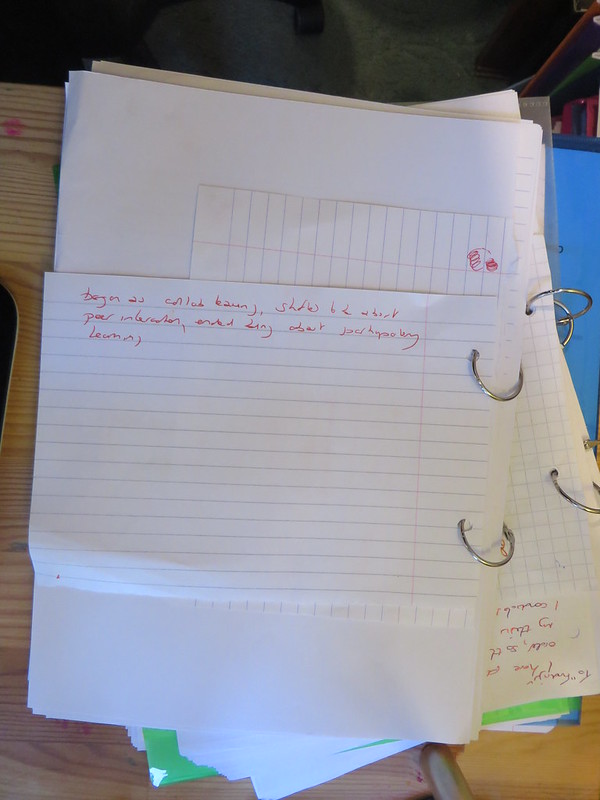I’m in a webinar for a course I am doing, and there was a suggestion to ask GenAI for a possible blog topic. Here’s what it gave me for the prompt “please suggest a blog topic about cats, knitting and ukeleles“:
Introduction:
In a world bustling with activity, finding moments of peace and joy can be like discovering hidden treasures. For many, this tranquility comes in the form of beloved hobbies such as knitting and playing the ukulele, while the presence of furry feline friends adds an extra layer of comfort and companionship. Join us as we explore the delightful intersection of these seemingly disparate interests and how they contribute to a harmonious and fulfilling lifestyle.
The Serenity of Knitting:
Knitting has long been cherished for its meditative qualities, allowing practitioners to slow down, focus, and create something beautiful with their own hands. Explore the therapeutic benefits of knitting, from stress relief to increased mindfulness, and how the rhythmic motion of needles can soothe the soul.
Share knitting tips and patterns inspired by cats, incorporating adorable feline motifs into scarves, hats, and blankets. Whether it’s a paw print border or a silhouette of a playful kitten, these designs add an extra touch of charm to handmade creations.
Strumming to the Tune of Contentment:
The ukulele, with its cheerful melodies and compact size, is the perfect instrument for spreading joy and positivity. Discuss the rising popularity of the ukulele as a hobby and its accessibility to beginners of all ages.
Explore the calming effects of playing the ukulele alongside cats, as their purrs and gentle presence create a serene backdrop for musical exploration. Share beginner-friendly ukulele chords and songs with themes of coziness and companionship.
The Feline Factor:
Cats are renowned for their ability to bring comfort and warmth to any environment. Dive into the unique bond between cats and their human companions, from their playful antics to their soothing purrs.
Discover how cats add a special touch to knitting and ukulele sessions, whether they’re curling up beside you as you work on a project or providing impromptu musical accompaniment by batting at the strings of your ukulele.
Finding Balance and Joy:
In a fast-paced world, it’s important to carve out time for the things that bring us happiness and peace. Discuss the importance of incorporating hobbies like knitting, playing the ukulele, and spending time with cats into our daily routines as a form of self-care.
Share personal anecdotes and stories from fellow enthusiasts who have found solace and fulfillment in the harmonious blend of cats, knitting, and ukuleles. Celebrate the joy that these simple pleasures bring to our lives and inspire others to embrace their own unique passions.
Conclusion:
As we navigate the ups and downs of life, it’s the little moments of joy and connection that sustain us. Whether we’re knitting a cozy scarf, strumming a cheerful tune on the ukulele, or cuddling with our beloved feline friends, finding harmony in the simple things reminds us of the beauty and wonder that surrounds us each day. Embrace the purrfect synergy of cats, knitting, and ukuleles, and let their collective magic bring a sense of peace and contentment to your life.












